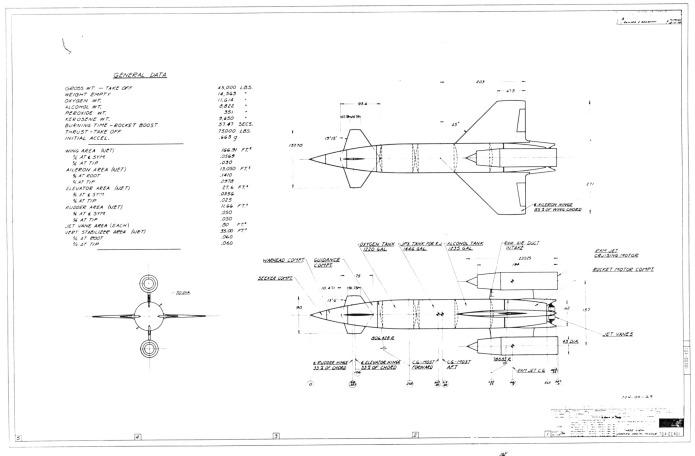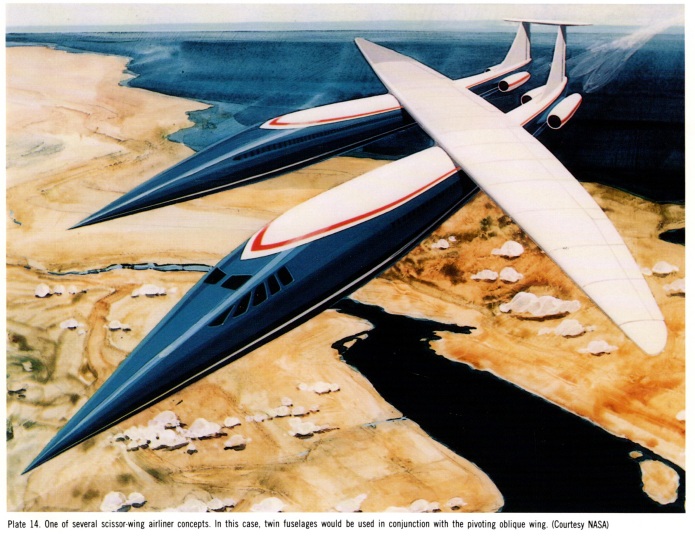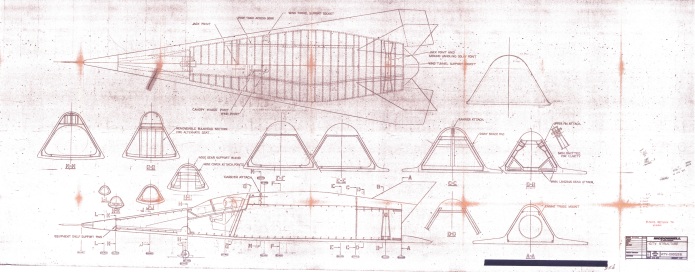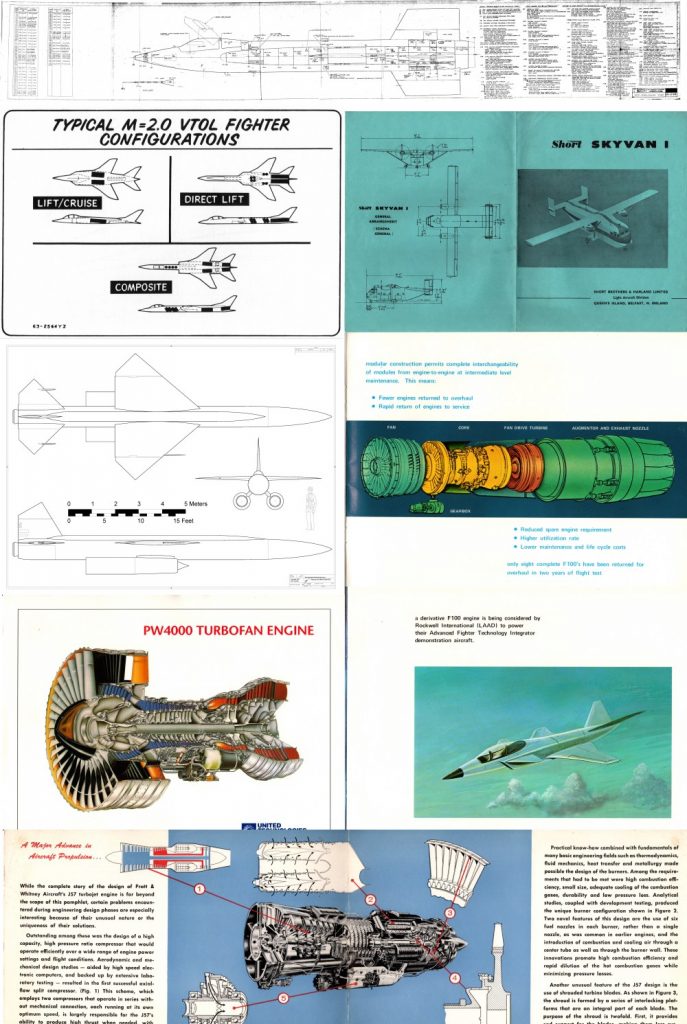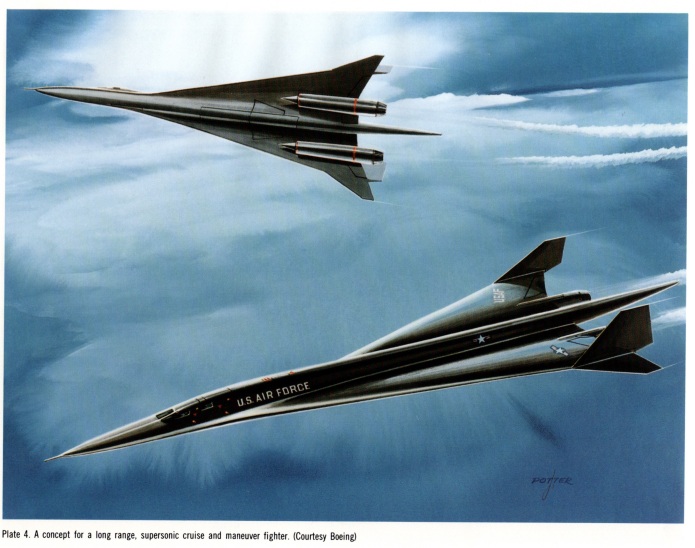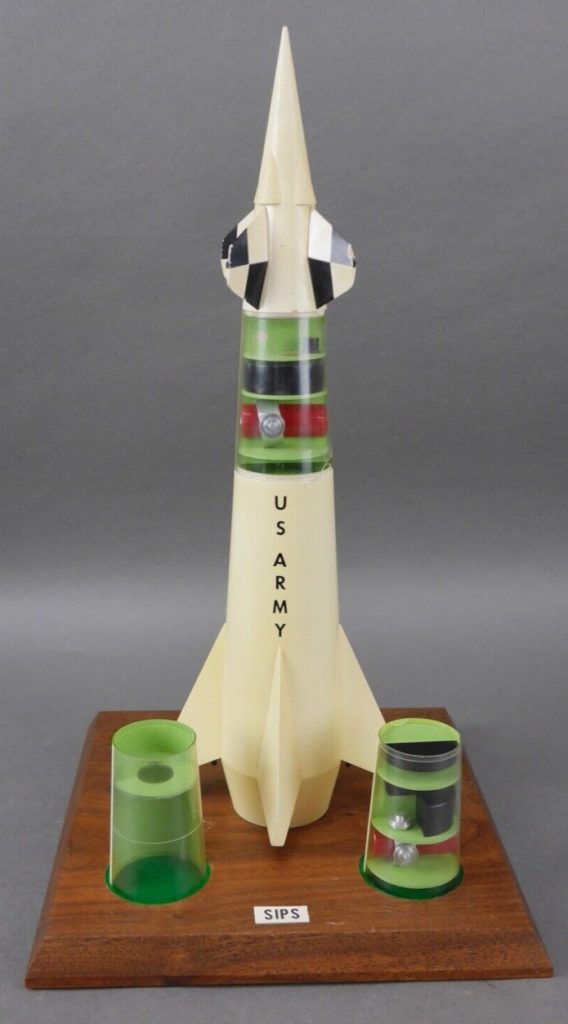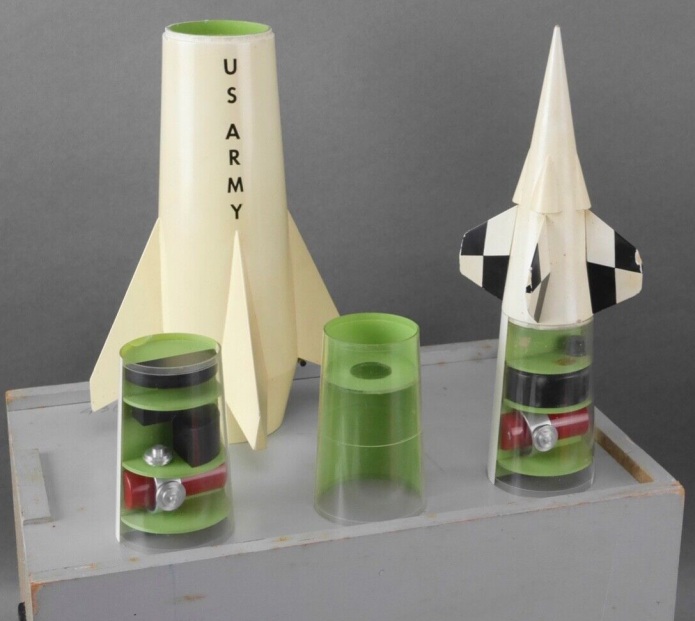HOTOL (HOrizontal Take Off and Landing) was a British Aerospace concept for a single stage to orbit airbreathing launch vehicle, originating in the mid 1980’s. It was a stellar example of aerospace optimism; like its contemporary the X-30 National Aerospace Plane, it relied on a propulsion system of spectacular complexity and stunning lack-of-actual-existence to function. As originally conceived it was supposed to have an RB545 engine; unlike the X-30’s scramjet engine, the RB545 was an air breathing rocket engine. Liquid hydrogen would be used to liquify incoming air, a portion of which would be turbine-fed into rocket engines to burn with the hydrogen. Due to some amazing bureaucracy, the engine was slapped with the “Official Secrets Act” which meant that it was so amazing that it had to be classified… so classified that it basically couldn’t be worked on. Genius! Whether it would have actually worked any better than NASP’s scramjet is anyone’s guess. In the going on forty years since the RB545 was dreamed up, it obviously hasn’t driven an aircraft to orbit. Or, it seems, off a runway. Like the scramjet, it *might* work, if only the development effort was properly funded and allowed to work through issues, rather than starved and throttled.
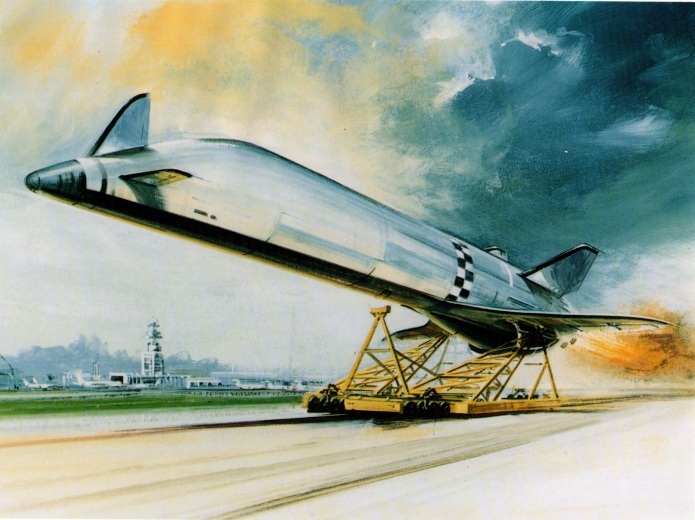
The early HOTOL configuration shown here would have taken off using a ground trolley in order to save on landing gear mass. The vehicle was nominally unmanned, though crew and passengers could be installed in a module in the cargo bay, located well aft. One problem the configuration had was substantial center of gravity and center of pressure issues, driven by the long, slim fuselage filled with sloshing and emptying hydrogen tanks. As memory serves, this remained a problem throughout the design lifetime of HOTOL.
The full rez scan of this artwork has been uploaded to the 2022-06 APR Extras folder on Dropbox for APR Patrons and Subscribers.
